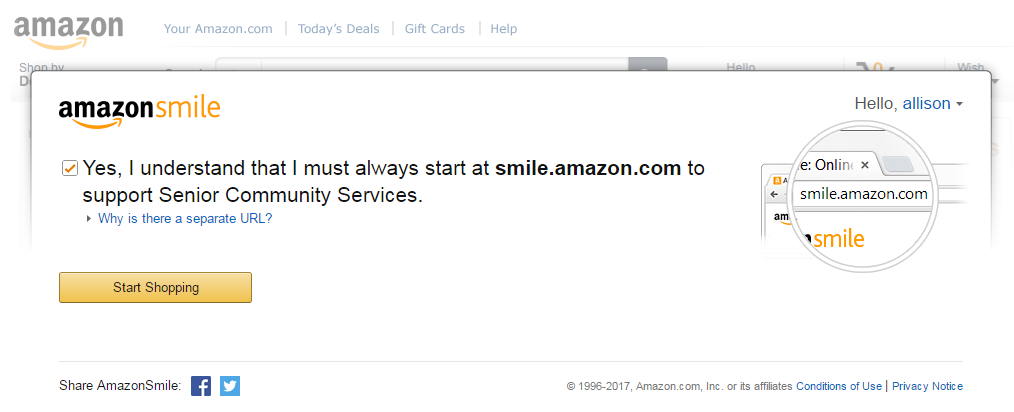
The following example shows a role calledĮmbedding_quicksight_dashboard_role, which has the sample policy preceding as its resource.Free Amazon Gift Card Codes (100% Working): Amazon promo codes free. This means that when a user accesses your application, your application can assume the role on the user's behalf and provision the user in QuickSight. "arn: "įinally, your application's IAM identity must have a trust policy associated with it to allow access to the role that you just created. "quicksight:GenerateEmbedUrlForRegisteredUser" The following sample policy provides these permissions. GenerateEmbedUrlForRegisteredUser in the Amazon QuickSight API Reference. More information about the AllowedDomains parameter, see To limit the domains that developers can use with this parameter, add anĪllowedEmbeddingDomains condition to your IAM policy. Without this condition, you can list any domain on the internet in the Only theĭomains that are listed in the parameter can access the embedded visual. This URL is then embedded in the website that you create.


Instead, youĬan list up to three domains or subdomains that can access the generated Grants you as a developer the option to override the static domains that areĬonfigured in the Manage QuickSight menu. TheĪllowedDomains parameter is an optional parameter. GenerateEmbedUrlForRegisteredUser API operation. You can create a condition in your IAM policy that limits the domains thatĭevelopers can list in the AllowedDomains parameter of a For this, you add quicksight:GenerateEmbedUrlForRegisteredUser. With the help of the wildcard character *, you can grant the permissions to generate a URL for all users in a specific namespace, or for a subset of users in specific namespaces.

The IAM role needs to provide permissions to retrieve embedding URLs for a specific user pool. Associate an IAM policy with the role to provide permissions to any user who assumes it.

To make this possible, create an IAM role in your AWS account. This task requires administrative access to IAM.Įach user who accesses a dashboard assumes a role that gives them Amazon QuickSight access and In the following section, you can find out how to set up permissions for the backendĪpplication or web server.


 0 kommentar(er)
0 kommentar(er)
